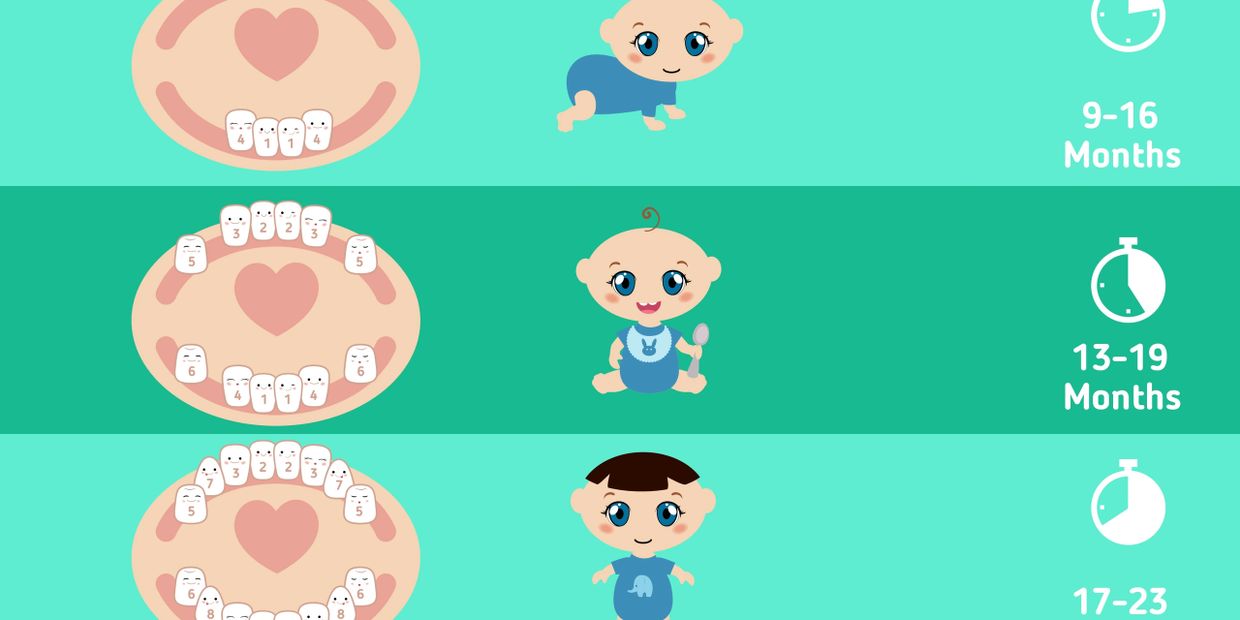First visit & Scheduling an appointment
First visit
Our office, as well as the American Academy of Pediatric Dentistry, recommends that your child visit the dentist by his/her 1st birthday. You can make the first visit to the dentist enjoyable and positive. Your child should be informed of the visit and told that the dentist and their staff will explain all procedures and answer any questions. The less to-do concerning the visit, the better.
It is best if you refrain from using words around your child that might cause unnecessary fear, such as "needle", "shot", "pull", "drill" or "hurt". The office makes a practice of using words that convey the same message, but are pleasant and non-frightening to the child.
We invite you to stay with your child during the initial examination. Parents are welcome in the treatment room. While in the room, we will discuss how you can help us with your child's cleaning and examination to work as a team.
During future appointments, we suggest you allow your child to accompany our staff through the dental experience. We can usually establish a closer rapport with your child when you are not present. Our purpose is to gain your child's confidence and overcome apprehension. However, if you choose, you may come with your child to the treatment room. For the safety and privacy of all patients, other children who are not being treated should remain in the reception room with a supervising adult.
What You Can Expect On Your First Visit/ Exam
- Comprehensive examination
- Prophy (cleaning)
- Fluoride
- 2 Bitewing Radiographs (X-rays)
- 2 Periapical (X-rays)
- Oral Hygiene Instructions
Schedule an Appointment
For your convenience prior to visiting our office, please click on the link below to schedule an appointment, then complete an online patient registration form.

your child's teeth
Frequently Asked Questions
1) When should I take my child to the dentist for their first check-up?
In order to prevent dental problems, your child should see a pediatric dentist when the first tooth appears, or no later than his/her first birthday.
2) What should I use to clean my baby's teeth?
A toothbrush will remove plaque bacteria that can lead to decay. Any soft-bristled toothbrush with a small head, preferably one designed specifically for infants, should be used at least once a day at bedtime.
Recommended: Get It Done In Year One
3) Are baby teeth really that important to my child?
Primary, or "baby," teeth are important for many reasons. Not only do they help children speak clearly and chew naturally, they also aid in forming a path that permanent teeth can follow when they are ready to erupt.
4) What should I do if my child has a toothache?
First, rinse the irritated area with warm salt water and place a cold compress on the face if it is swollen. Give the child acetaminophen (e.g., Children's Tylenol) for any pain, rather than placing aspirin on the teeth or gums. Finally, see a dentist as soon as possible.
5) What's the difference between a pediatric dentist and a family dentist?
Pediatric dentists are the pediatricians of dentistry. A pediatric dentist has two to three years specialty training following dental school and limits his/her practice to treating children only. Pediatric dentists are primary and specialty oral care providers for infants and children through adolescence, including those with special health needs.
6) How often does my child need to see the pediatric dentist?
A check-up every six months is recommended in order prevent cavities and other dental problems. However, your pediatric dentist can tell you when and how often your child should visit based on their personal oral health.
To find more answers to your questions, please go to American Association of Pediatric Dentists FAQs page:
Baby Teeth Types
Your children will develop 20 primary teeth by the time they are 3 years old. There are 5 different types:
- Central Incisors
- Lateral Incisors
- Canines
- First Molars
- Second Molars
The exact timing of when teeth come in ("erupt") and fall out ("shed") may vary, but there are typical age ranges for each tooth. The emergence of teeth is generally symmetrical with the left and right teeth appearing at similar times. Most children will have all their primary teeth by 30 months of age. The chart above provides a good timeline for the typical tooth development for your child.
Pediatric Dentistry At Vinings
3200 Highlands Parkway,, Suite 110, Smyrna, GA 30082, US
